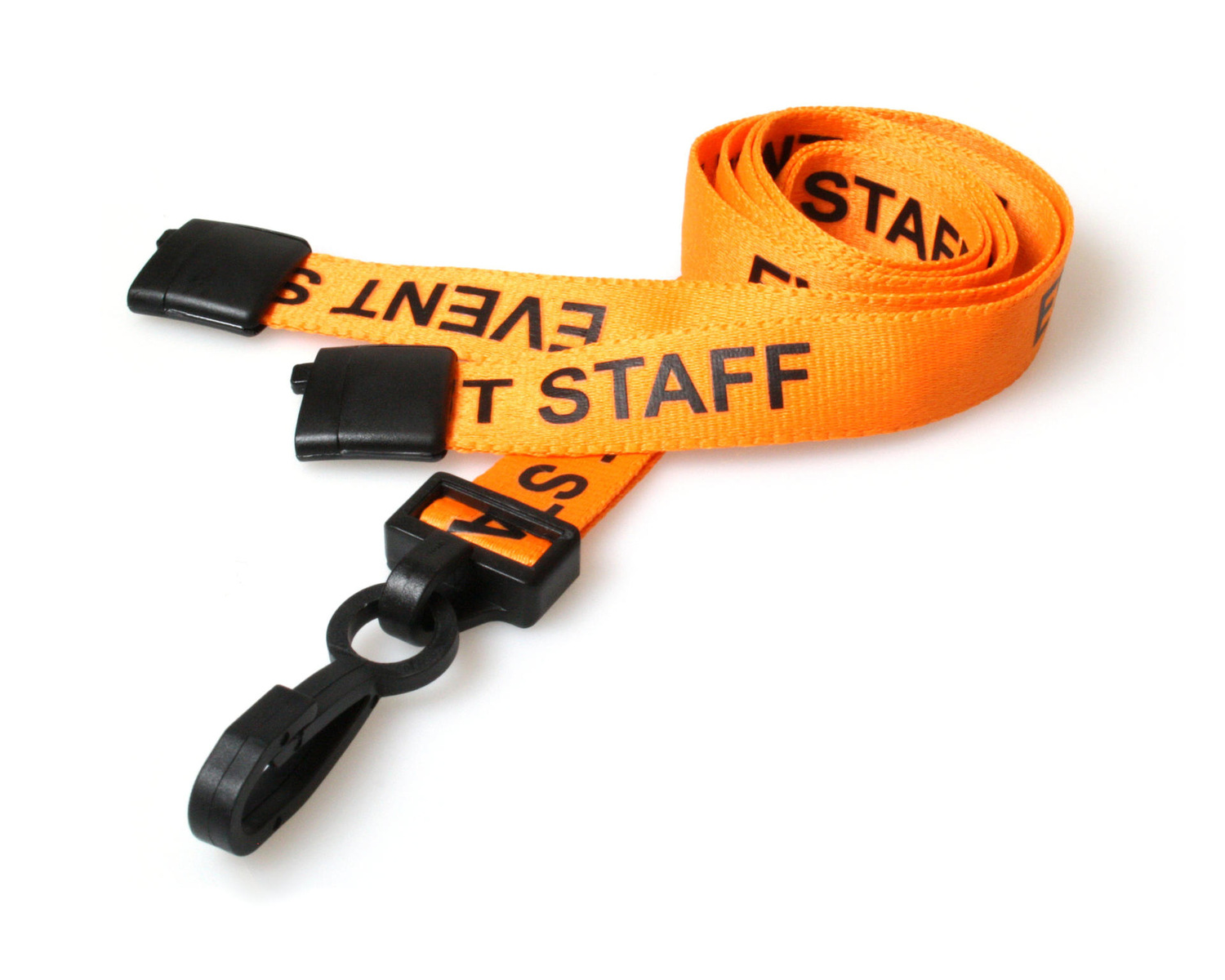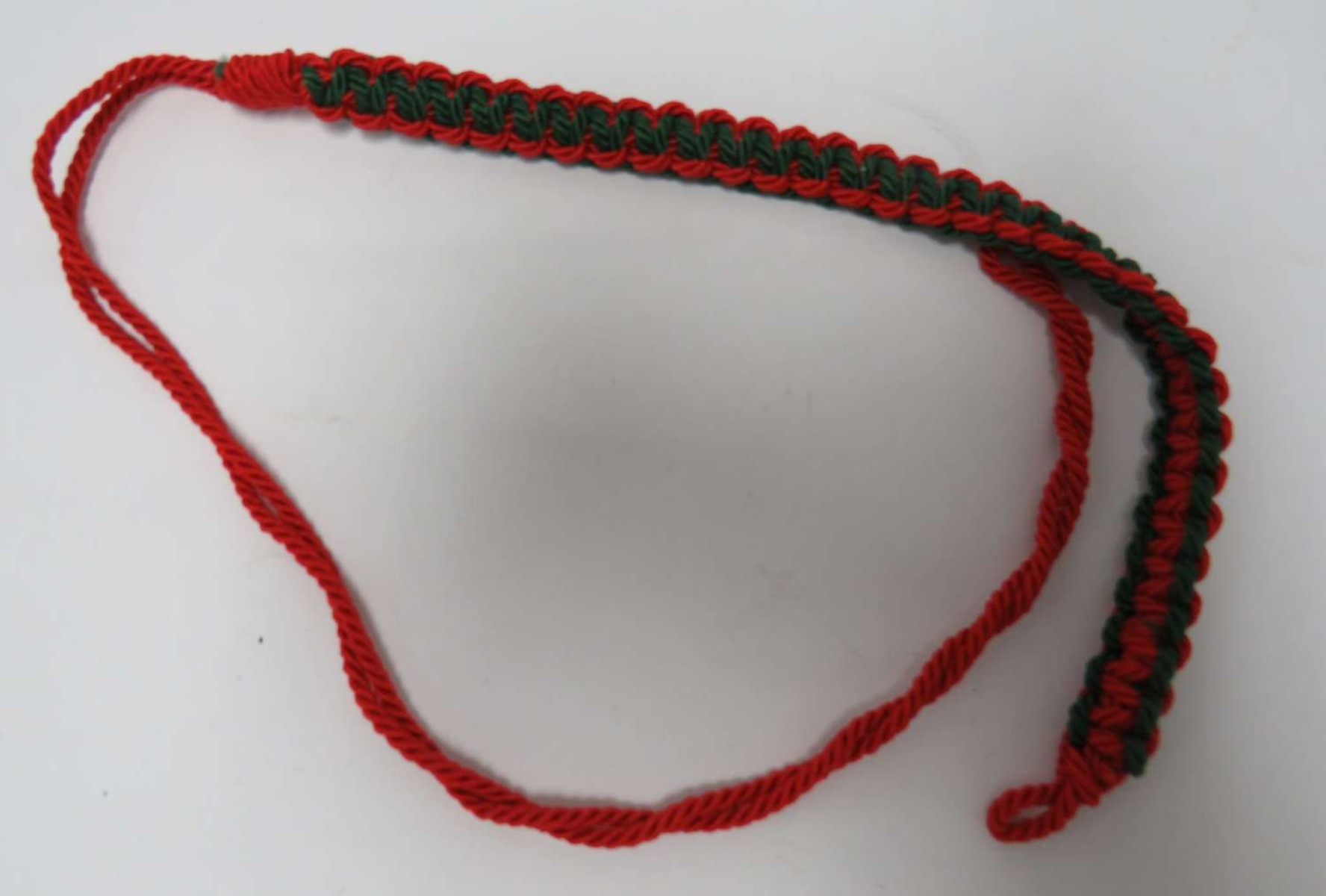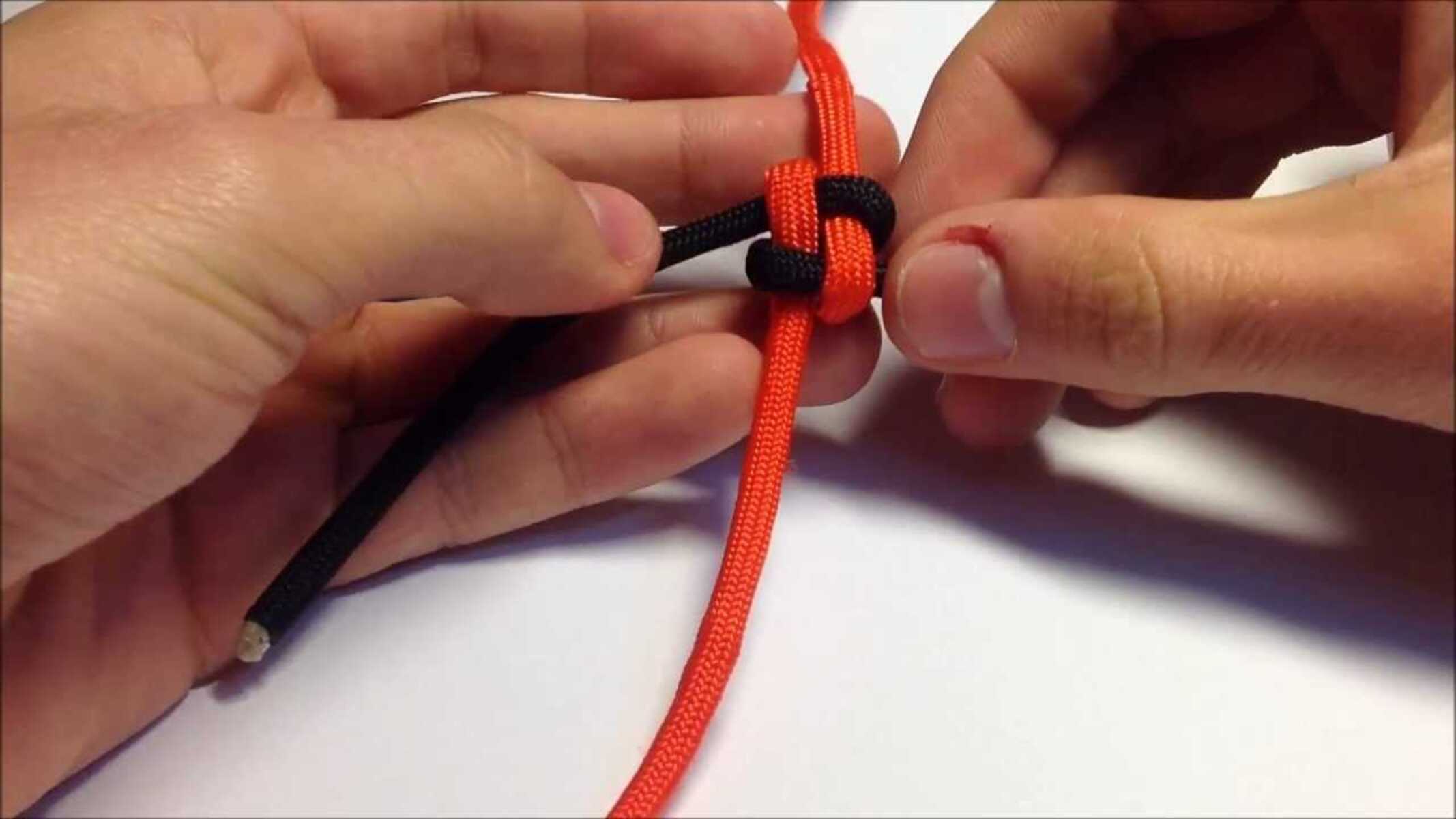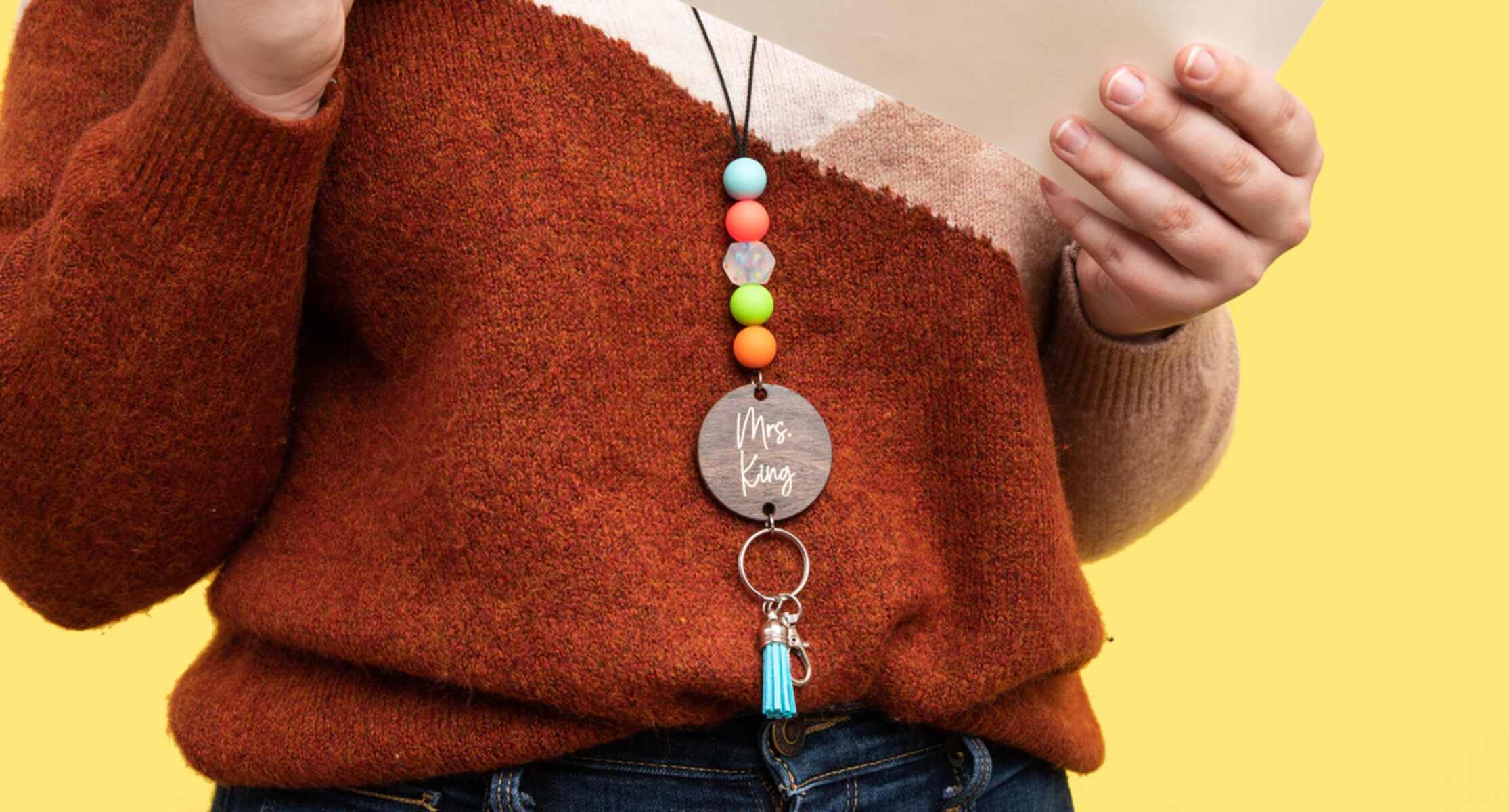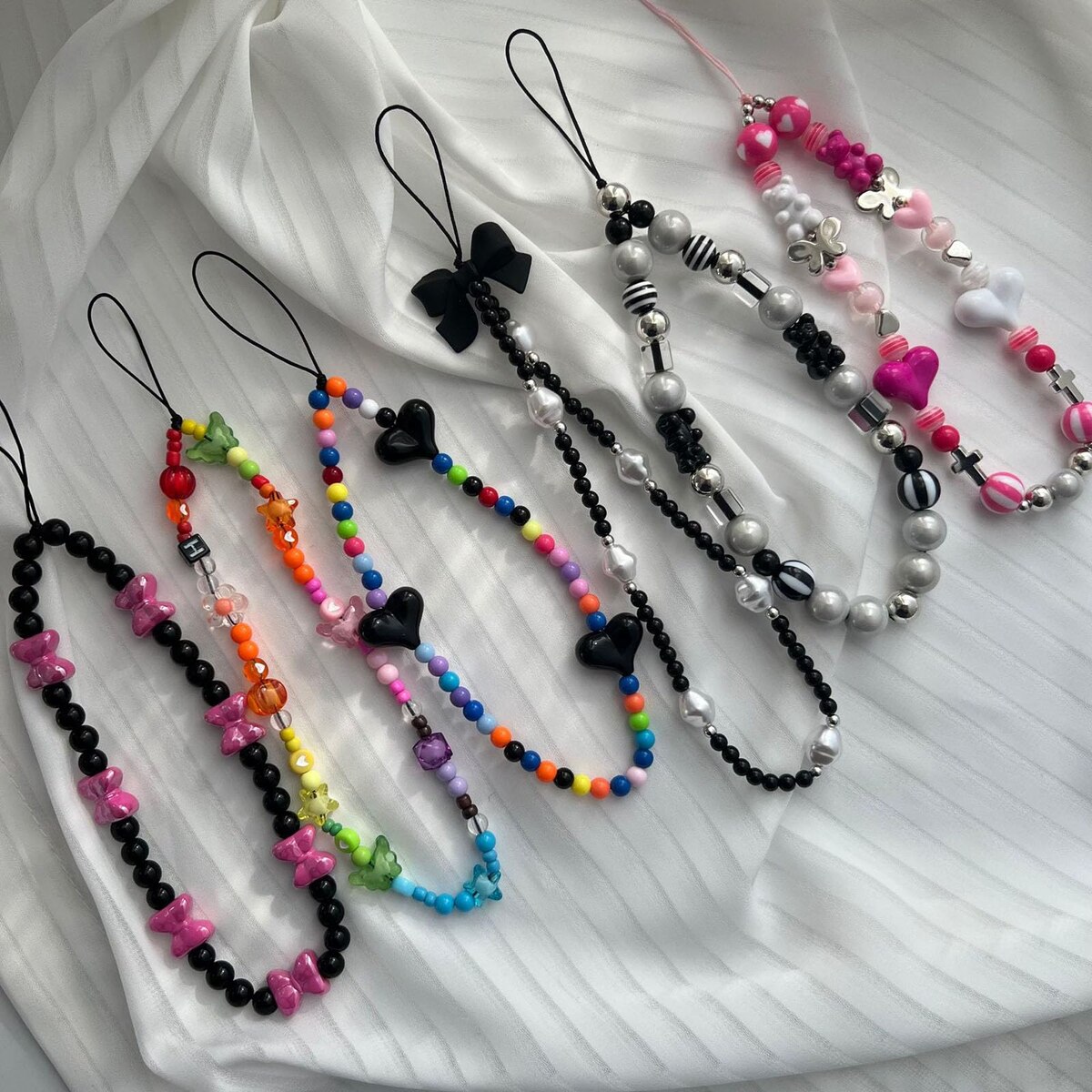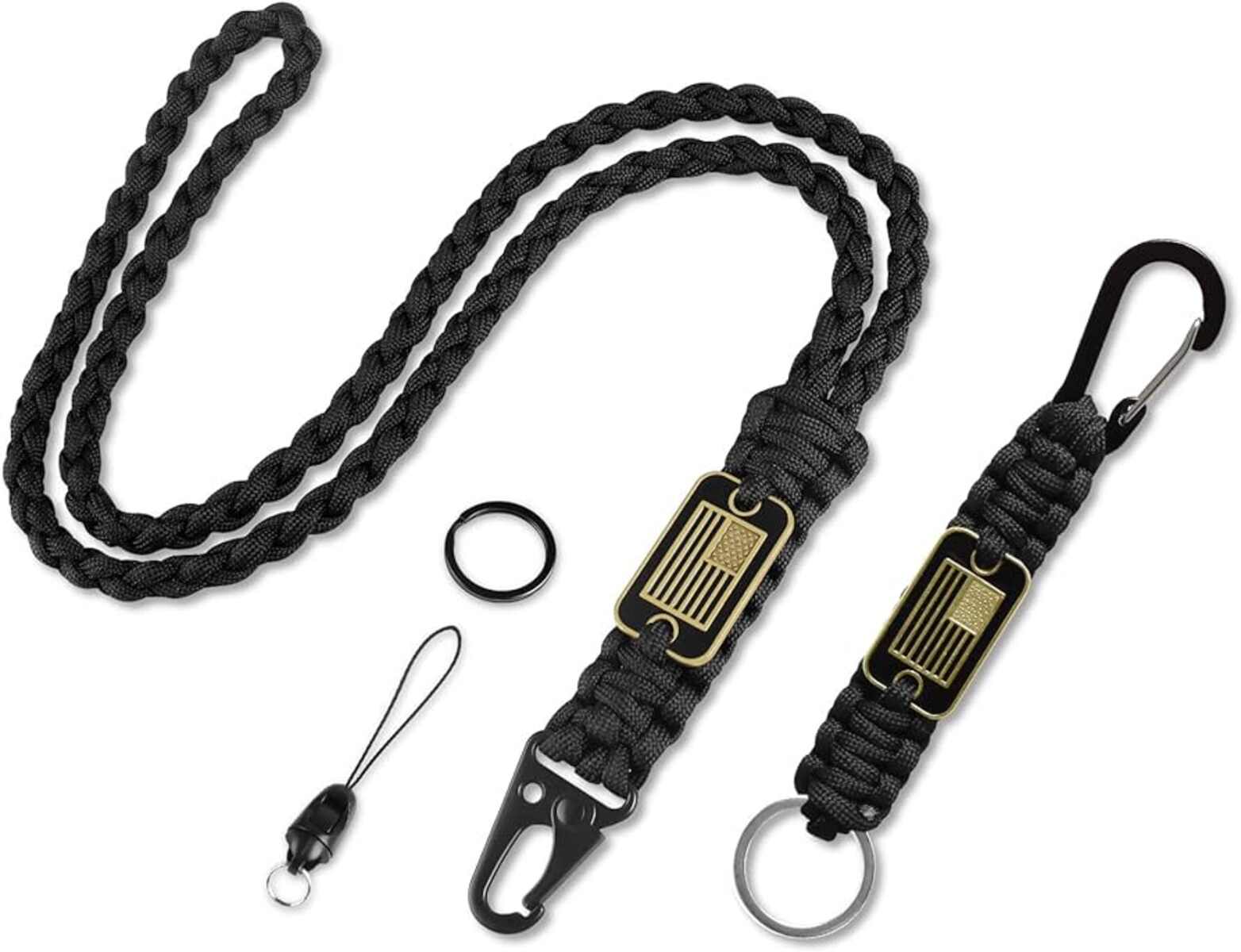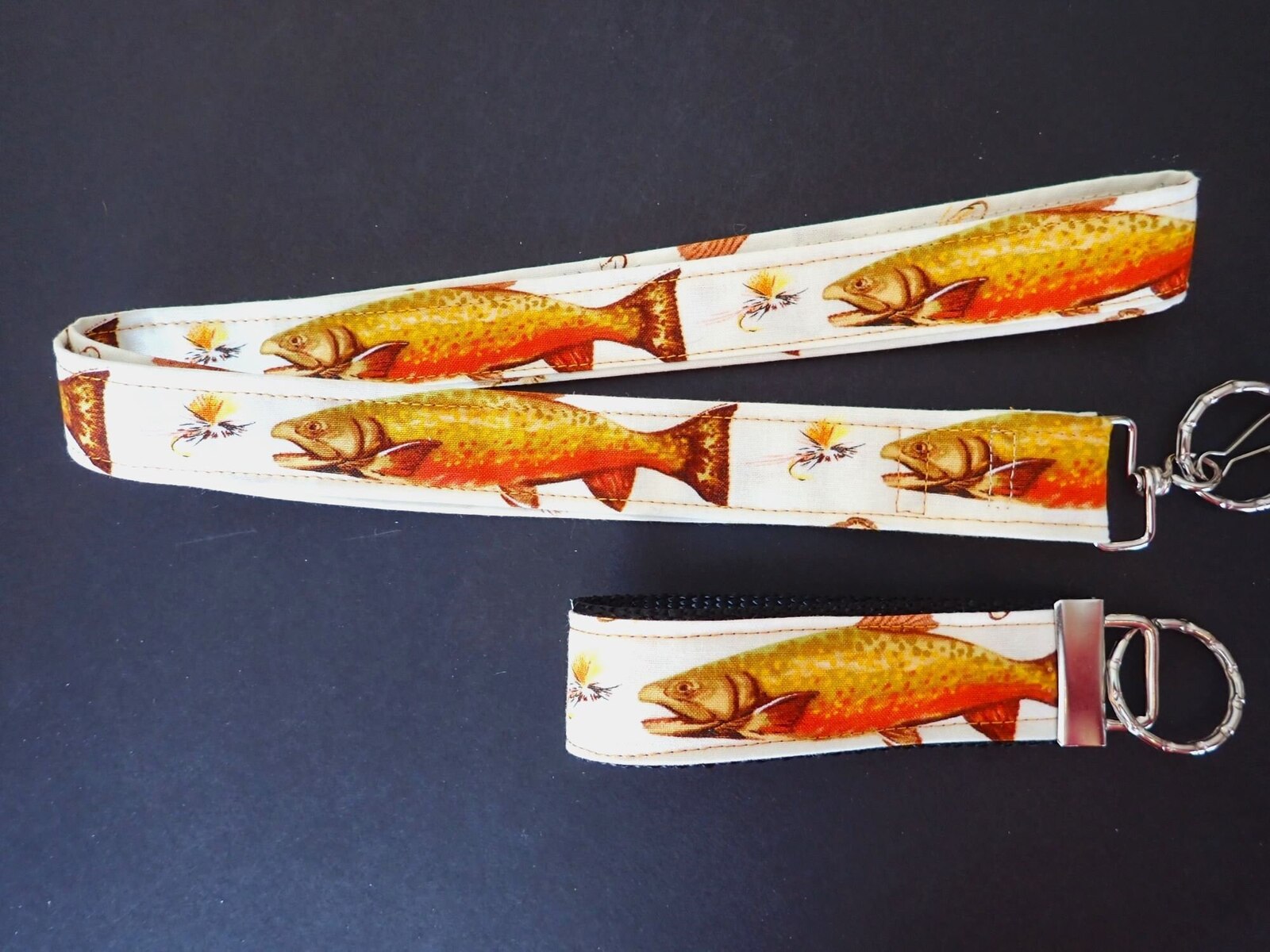Introduction
Lanyards have become an indispensable accessory in our modern, tech-centric world. From holding security badges and keys to keeping USB drives and smartphones within reach, lanyards serve as a practical and versatile tool for individuals across various industries. However, not all lanyards are created equal. Understanding the different materials used in lanyard production is crucial for making informed decisions about which type best suits specific needs.
In this comprehensive guide, we will delve into the various materials commonly used in lanyard manufacturing, shedding light on the unique characteristics and benefits of each type. By gaining a deeper understanding of polyester, nylon, cotton, and woven lanyards, readers will be equipped with the knowledge necessary to make informed choices when selecting the most suitable lanyard for their specific requirements.
Whether you're a corporate professional seeking a durable and professional-looking lanyard for everyday use, an event organizer in need of comfortable and eye-catching lanyards for attendees, or simply someone interested in the intricacies of everyday items, this exploration of lanyard materials will provide valuable insights into the composition, functionality, and aesthetic appeal of these ubiquitous accessories. So, let's embark on a journey through the world of lanyard materials, uncovering the unique properties and potential applications of each type.
Understanding Polyester Lanyards
Polyester lanyards are a popular choice for a wide range of applications due to their durability, affordability, and versatility. Composed of synthetic fibers, these lanyards offer exceptional strength and resilience, making them ideal for everyday use in various settings. The synthetic nature of polyester ensures that these lanyards are resistant to stretching, shrinking, and wrinkling, maintaining their shape and appearance over time.
One of the key advantages of polyester lanyards is their vibrant color retention. These lanyards can be dyed in a spectrum of hues, allowing for bold and long-lasting customization options. Whether for corporate branding, event promotion, or team identification, polyester lanyards provide a canvas for vivid and eye-catching designs that remain vivid even after prolonged use.
Furthermore, polyester lanyards are well-suited for imprinting intricate logos, texts, or graphics. The smooth texture of polyester allows for precise and detailed printing, resulting in high-quality, professional-looking lanyards that effectively convey desired messages or branding elements.
In addition to their visual appeal, polyester lanyards are known for their resistance to moisture and mildew, making them suitable for outdoor and active use. Whether in sports events, festivals, or outdoor excursions, polyester lanyards maintain their integrity even in challenging environmental conditions.
Comfort is another hallmark of polyester lanyards. The soft and smooth texture of the material ensures that these lanyards are gentle on the skin, even when worn for extended periods. This feature makes them an excellent choice for employees, students, or event attendees who need to wear lanyards throughout the day.
Overall, polyester lanyards offer a compelling combination of durability, vibrant customization options, moisture resistance, and comfort. Their ability to withstand everyday wear and tear while maintaining a fresh and appealing appearance makes them an excellent choice for a wide array of applications.
In the subsequent sections, we will explore other lanyard materials, such as nylon, cotton, and woven, providing a comprehensive understanding of the diverse options available in the market.
Exploring Nylon Lanyards
Nylon lanyards are renowned for their exceptional strength, making them a popular choice for applications requiring robust and long-lasting accessories. Composed of synthetic polymers, nylon lanyards boast remarkable resilience, making them suitable for demanding environments and rigorous everyday use.
One of the standout features of nylon lanyards is their impressive flexibility. The material's inherent elasticity allows these lanyards to endure stretching and bending without compromising their structural integrity. This flexibility makes nylon lanyards well-suited for activities that involve movement or physical exertion, such as sports events, trade shows, or outdoor excursions.
In addition to their flexibility, nylon lanyards offer notable resistance to abrasion and wear. This durability ensures that the lanyards maintain their original appearance and functionality even after prolonged use, making them an excellent choice for individuals or organizations seeking long-term value and reliability.
Furthermore, nylon lanyards are highly customizable, accommodating various printing and branding options. The smooth texture of nylon allows for precise and detailed imprinting of logos, texts, or graphics, enabling the creation of personalized lanyards that effectively convey desired messages or promotional elements.
Nylon lanyards are also recognized for their quick-drying properties, making them suitable for outdoor and active use. Whether exposed to rain or moisture, these lanyards dry rapidly, ensuring that they remain comfortable and functional even in challenging weather conditions.
Comfort is another hallmark of nylon lanyards. The soft and smooth texture of the material ensures that these lanyards are gentle on the skin, providing a pleasant wearing experience for extended periods.
In summary, nylon lanyards offer exceptional strength, flexibility, durability, and customization options, making them a preferred choice for individuals and organizations seeking resilient and adaptable lanyard solutions.
By gaining insights into the unique characteristics and benefits of polyester and nylon lanyards, readers can make informed decisions when selecting lanyards that align with their specific needs and preferences.
Delving into Cotton Lanyards
Cotton lanyards offer a distinct blend of natural aesthetics, comfort, and eco-friendliness, making them a popular choice for individuals and organizations seeking a more sustainable and tactile option. Composed of natural cotton fibers, these lanyards exude a soft and gentle feel, making them comfortable to wear for extended periods without causing irritation to the skin.
One of the defining features of cotton lanyards is their breathability. The natural properties of cotton allow for air circulation, preventing moisture buildup and ensuring a cool and comfortable wearing experience. This breathability makes cotton lanyards an excellent choice for events held in warm climates or for individuals who prioritize comfort in their everyday accessories.
Moreover, the natural texture of cotton lends itself well to various customization options. Whether through screen printing, embroidery, or other techniques, cotton lanyards provide a canvas for intricate and tactile branding or design elements. This versatility allows for the creation of personalized lanyards that align with specific branding or messaging requirements.
In addition to their comfort and customization potential, cotton lanyards are appreciated for their eco-friendly credentials. As a renewable and biodegradable material, cotton aligns with sustainability initiatives, making these lanyards an environmentally conscious choice for those seeking to reduce their ecological footprint.
It is important to note that while cotton lanyards offer exceptional comfort and sustainability, they may not possess the same level of durability as synthetic counterparts such as polyester or nylon. The natural fibers of cotton are more prone to wear and tear, especially in high-activity or outdoor settings. Therefore, individuals and organizations considering cotton lanyards should assess their specific usage requirements to ensure that these lanyards align with their intended applications.
In summary, cotton lanyards present a compelling combination of comfort, breathability, tactile customization options, and eco-friendliness. By understanding the unique characteristics and potential limitations of cotton lanyards, individuals and organizations can make informed decisions when selecting lanyards that resonate with their values and practical needs.
Examining Woven Lanyards
Woven lanyards represent a distinctive and sophisticated option in the realm of lanyard materials. Crafted using a weaving process that integrates threads to form intricate patterns and designs, woven lanyards offer a blend of durability, visual appeal, and customization possibilities.
The defining characteristic of woven lanyards lies in their intricate and finely detailed designs. The weaving process allows for the incorporation of complex patterns, logos, and texts directly into the lanyard fabric, resulting in a seamless and professional appearance. This feature makes woven lanyards an ideal choice for individuals and organizations seeking a refined and polished accessory that effectively showcases their brand identity or messaging.
In addition to their visual appeal, woven lanyards are recognized for their exceptional durability. The weaving technique creates a strong and resilient fabric, ensuring that these lanyards withstand the rigors of everyday use without compromising their structural integrity. This durability makes woven lanyards suitable for long-term applications, offering a reliable and enduring solution for various needs.
Furthermore, woven lanyards provide a wide range of color options, allowing for vibrant and eye-catching designs. Whether for corporate branding, promotional events, or team identification, the intricate weaving process enables the integration of diverse colors and shades, resulting in lanyards that effectively capture attention and convey desired visual messages.
Comfort is another hallmark of woven lanyards. The smooth and soft texture of the woven fabric ensures that these lanyards are gentle on the skin, offering a comfortable wearing experience for extended periods. This feature is particularly beneficial for employees, event attendees, or individuals who prioritize comfort in their everyday accessories.
It is important to note that the intricate weaving process involved in creating these lanyards may result in longer production times compared to other lanyard types. Additionally, the level of detail in woven lanyards may impact their cost, making them a more premium option in the lanyard market. Individuals and organizations considering woven lanyards should factor in these aspects when assessing their suitability for specific applications.
In summary, woven lanyards offer a unique combination of intricate designs, durability, vibrant color options, and comfort. By understanding the distinct characteristics and considerations associated with woven lanyards, individuals and organizations can make informed decisions when selecting lanyards that align with their branding, visual, and practical requirements.
Comparing Different Lanyard Types
When evaluating lanyard options, it's essential to consider the unique characteristics and benefits of each material to determine the most suitable choice for specific needs. Polyester lanyards, known for their durability, vibrant customization options, and moisture resistance, stand out as a versatile and cost-effective option for various applications. Their ability to maintain color vibrancy and withstand challenging environmental conditions makes them a popular choice for corporate branding, event promotion, and everyday use.
In contrast, nylon lanyards offer exceptional strength, flexibility, and durability, making them well-suited for rigorous activities and demanding environments. Their quick-drying properties and resistance to abrasion position them as reliable accessories for sports events, trade shows, and outdoor excursions. Additionally, the smooth texture of nylon allows for precise customization, enabling the creation of personalized lanyards with detailed branding elements.
Cotton lanyards, on the other hand, present a different set of advantages. Their natural aesthetics, breathability, and eco-friendly credentials make them an appealing choice for those prioritizing comfort and sustainability. While offering a soft and gentle feel, cotton lanyards may be more susceptible to wear and tear compared to synthetic options, necessitating a careful assessment of their suitability for specific usage scenarios.
Woven lanyards, with their intricate designs, durability, and vibrant color options, cater to individuals and organizations seeking a refined and visually striking accessory. The weaving process allows for the integration of complex patterns and logos, making woven lanyards an ideal choice for showcasing brand identity and conveying sophisticated visual messages. However, the production time and potential premium cost associated with woven lanyards should be considered when evaluating their suitability for particular applications.
In summary, each lanyard type offers a unique combination of characteristics, catering to diverse preferences and requirements. By understanding the distinct features of polyester, nylon, cotton, and woven lanyards, individuals and organizations can make informed decisions based on factors such as durability, customization options, comfort, and visual appeal. Ultimately, the comparative analysis of different lanyard types empowers consumers to select the most suitable option that aligns with their practical, aesthetic, and branding needs.
Conclusion
In conclusion, the exploration of polyester, nylon, cotton, and woven lanyards provides valuable insights into the diverse array of materials available for individuals and organizations seeking functional, customizable, and visually appealing accessories. Each lanyard type presents a unique set of characteristics, catering to specific needs and preferences across various industries and personal applications.
Polyester lanyards stand out for their durability, vibrant color retention, moisture resistance, and comfort. Their ability to maintain visual appeal and withstand challenging environmental conditions makes them a versatile choice for corporate branding, event promotion, and everyday use. Nylon lanyards, on the other hand, offer exceptional strength, flexibility, and quick-drying properties, making them ideal for rigorous activities and demanding environments. The durability and precise customization options of nylon lanyards position them as reliable accessories for sports events, trade shows, and outdoor excursions.
Cotton lanyards, with their natural aesthetics, breathability, and eco-friendly credentials, appeal to individuals and organizations prioritizing comfort and sustainability. The soft and gentle feel of cotton lanyards, coupled with their breathable nature, makes them an excellent choice for events in warm climates and for those seeking environmentally conscious accessories. However, the potential for wear and tear in high-activity settings should be considered when evaluating their suitability for specific applications.
Woven lanyards offer a sophisticated and visually striking option, characterized by intricate designs, durability, and vibrant color options. The weaving process allows for the seamless integration of complex patterns and logos, making woven lanyards a preferred choice for showcasing brand identity and conveying sophisticated visual messages. While woven lanyards present a premium and refined option, the longer production times and potential cost implications should be factored into decision-making processes.
By comprehensively comparing and contrasting different lanyard types, individuals and organizations can make informed decisions based on factors such as durability, customization options, comfort, and visual appeal. Understanding the distinct features and considerations associated with polyester, nylon, cotton, and woven lanyards empowers consumers to select the most suitable option that aligns with their practical, aesthetic, and branding needs.
In the dynamic landscape of lanyard materials, the diverse array of options ensures that there is a suitable choice for every requirement, whether it be for corporate branding, event organization, or personal use. This comprehensive understanding of lanyard materials equips individuals and organizations with the knowledge necessary to make informed decisions, ultimately enhancing the functionality, visual appeal, and brand representation of these ubiquitous accessories.







